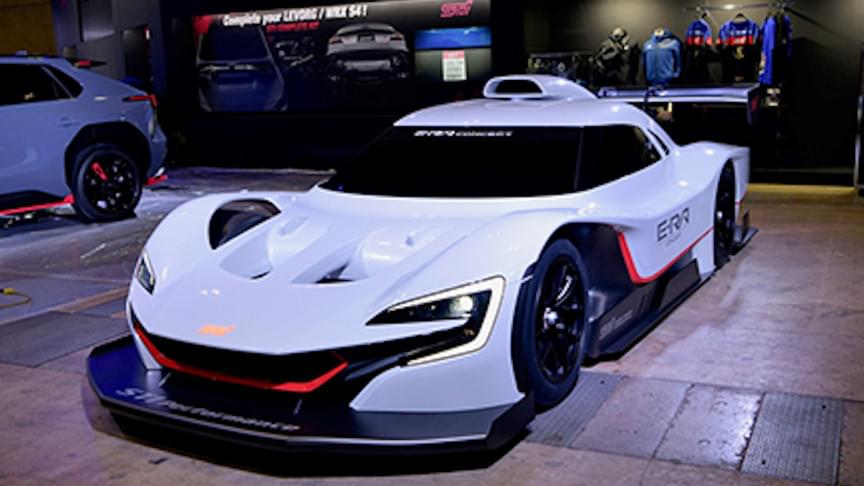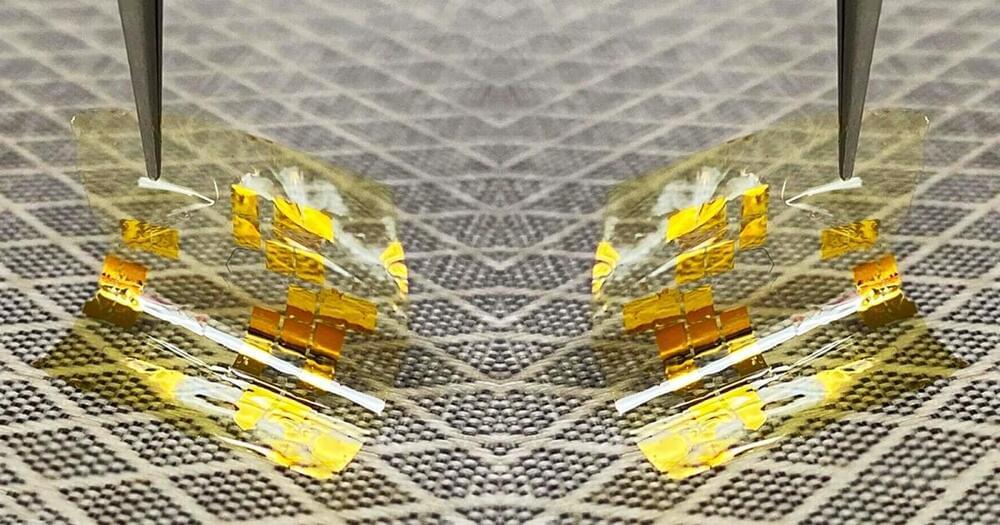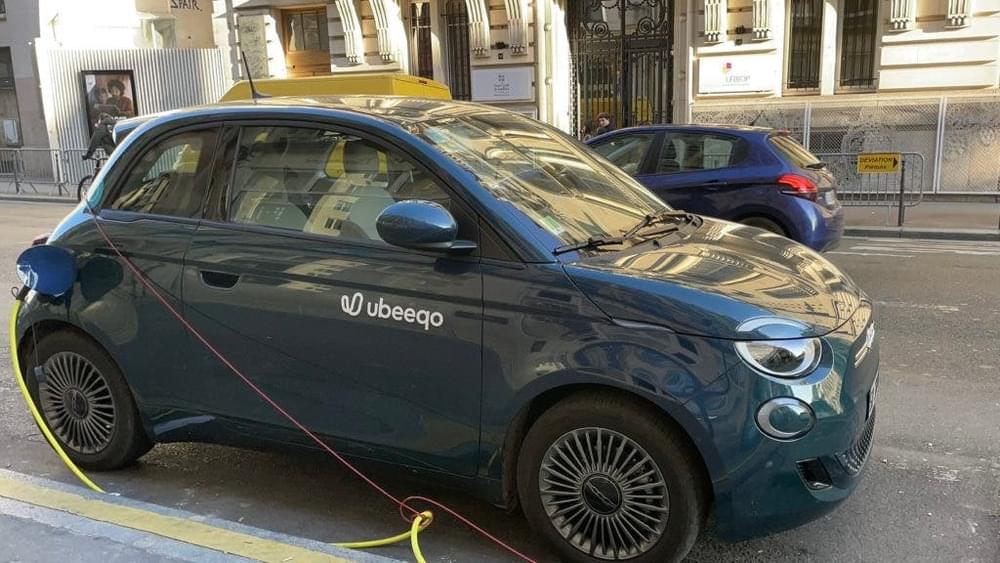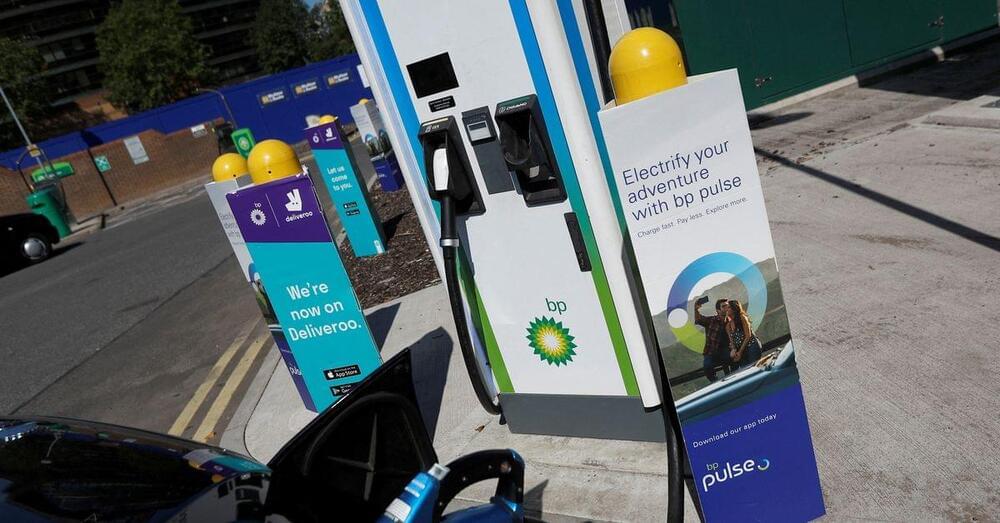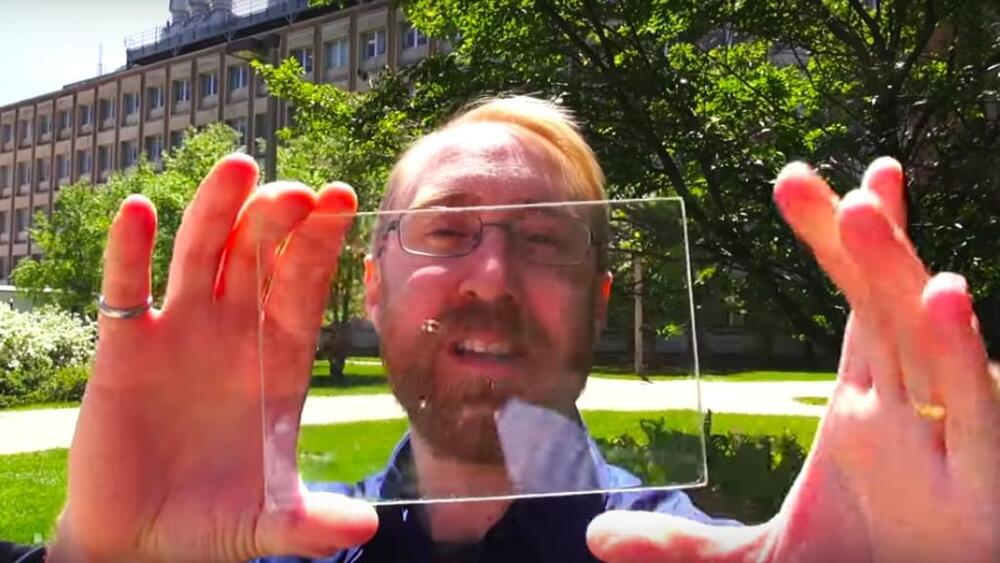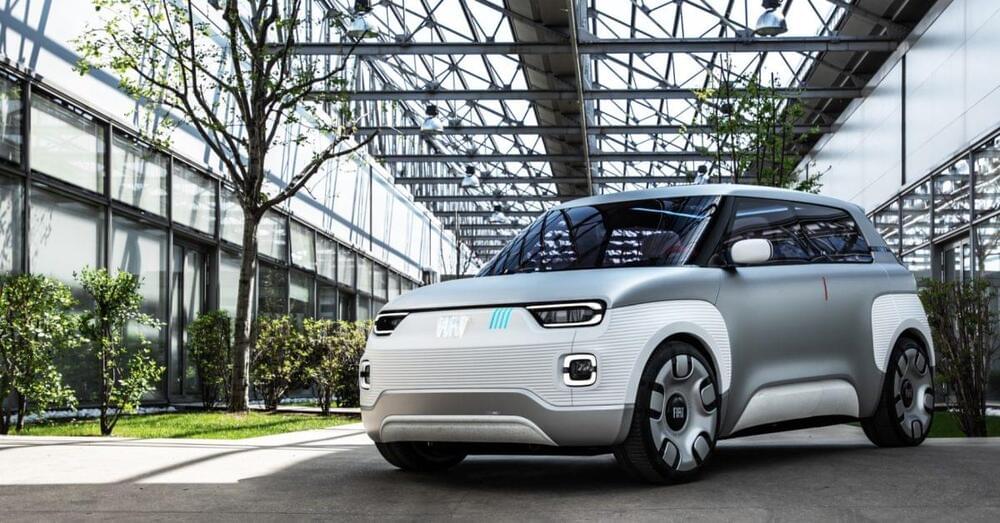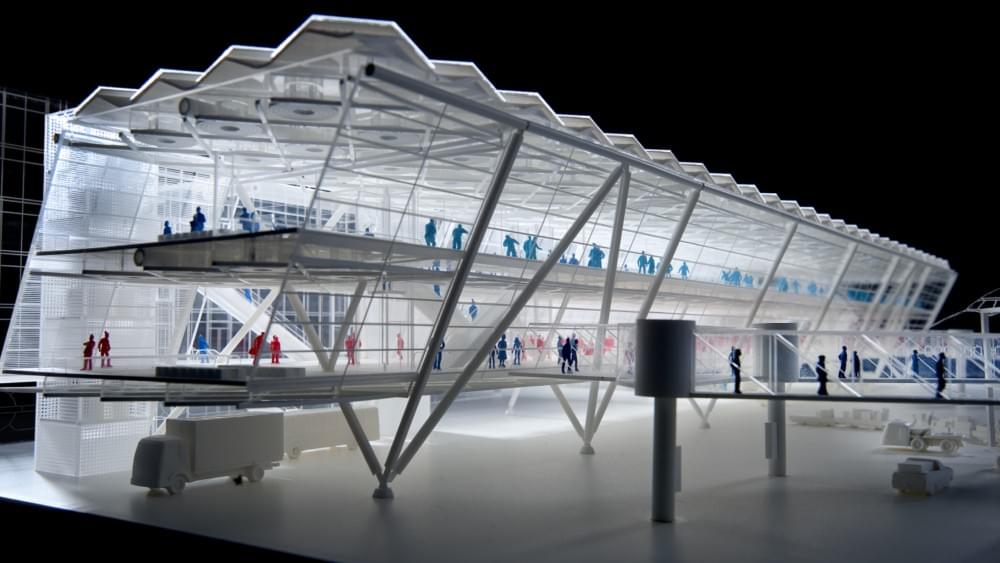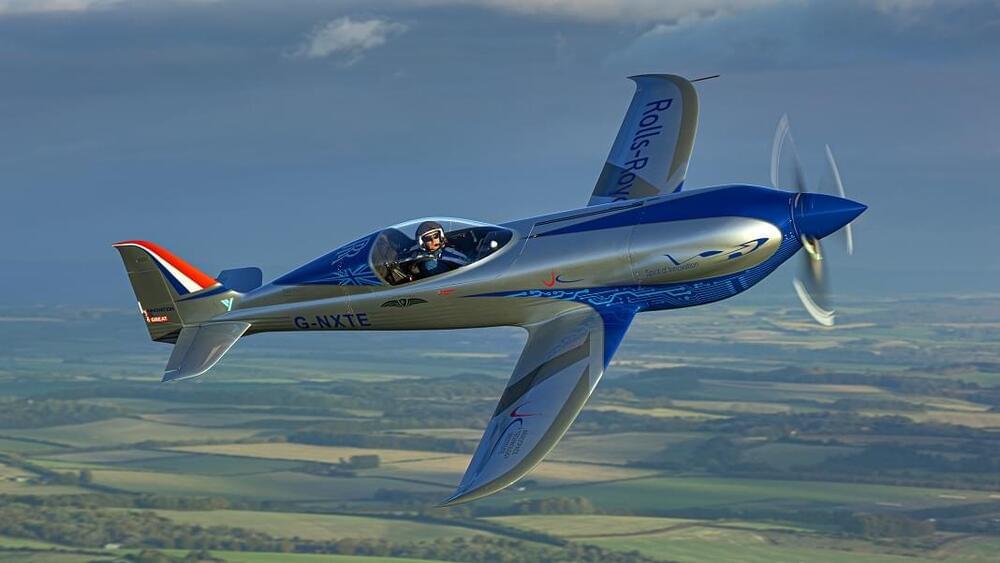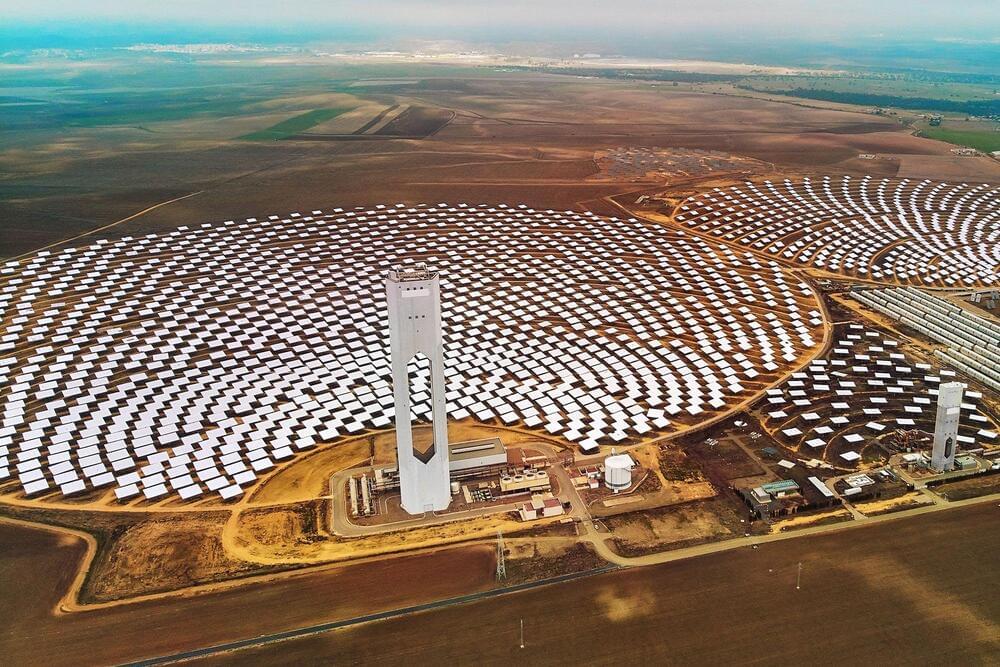The E-RA comes with a 60kWh battery meaning it likely won’t come with a world-beating range. However, Subaru hopes its new all-wheel-drive machine can excel on the race track. The car features GT-style, high-downforce composite bodywork with cutouts in the body to redirect air away from the wheel wells.
The Japanese automaker aims to set a record-breaking Nürburgring lap time of 6 minutes and 40 seconds by 2023. That would put it ahead of Tesla’s Model S Plaid, which completed the Nürburgring course in 7 minutes and 35 seconds. Before going to Nürburgring, Subaru will test the E-RA at Japanese racing circuits later this year.
Subaru also revealed the Solterra STI Concept on the show floor, a sportier version of its new Solterra all-electric SUV, which was revealed in November last year. Though Subaru didn’t reveal much in the way of specifications, the new Solterra concept features a roof spoiler, under spoilers, and “other special parts on the exterior,” the company says.
